What makes milk organic?

Once upon a time, all milk was pure.
Let’s take you on a journey of what makes milk pure and as a result, organic.
Picture yourself standing amidst the serene landscape of an organic dairy farm, where cows are free roaming, happy, have access to fresh water, food and even have a mattress to sleep on.
In the realm of conventional dairy farms, the scene is starkly different. Cows, bound and confined, endure a life devoid of freedom and dignity. Their existence revolves around the whims of the farmer, trapped in a cycle of stress and captivity. Antibiotics and growth hormones are administered without hesitation, tainting the very essence of the milk they produce.
Contrast this with the organic farmer’s approach. Here, cows roam freely, basking in the sunlight and living on organic pastures. Their health is paramount, treated with holistic remedies and antibiotics only as a last resort. The result? Milk untainted by stress hormones, growth enhancers, or antibiotics—a pure elixir of nourishment.
Delve deeper, and you’ll uncover the significance of a cow’s diet. In conventional settings, cows are fed questionable fodder, laden with pesticides and aflatoxins. The consequences? Milk infused with toxins, compromising its quality and safety.
In the world of organic farming, meticulous care is taken in crafting the cow’s diet. Nutrient-rich fodder, cultivated in vibrant, chemical-free soil, forms the cornerstone of their nourishment. Just as a parent selects the finest ingredients for their child, organic farmers ensure their cows consume only the purest, most wholesome feed. The result is milk devoid of pesticides, synthetic fertilizers, or aflatoxins—a testament to nature’s untainted bounty.
Transitioning to the milking process, a paradigm shift unfolds. While hand milking may evoke images of tradition and gentleness, the truth reveals a different narrative. Machine milking emerges as the epitome of efficiency and compassion, providing a consistent and pain-free experience for the cow.
In the realm of hygiene, machine milking reigns supreme. Shielded from human contact, the milk flows directly into sealed containers, safeguarding its purity from external contaminants. In contrast, hand milking invites the risk of contamination, as open buckets expose the precious liquid to dust, debris, and other impurities.
As the journey concludes – three things determine if milk is good quality or not.
> How the cow lives
> What she eats
> How milk reaches your home
When you are sure of these things you are automatically sure of the source of milk, and you know you are giving good quality milk to your family.

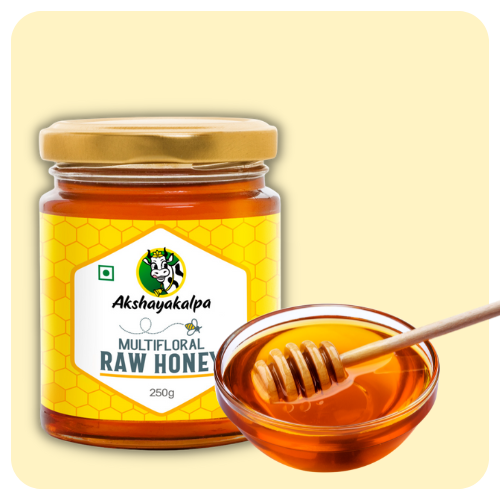



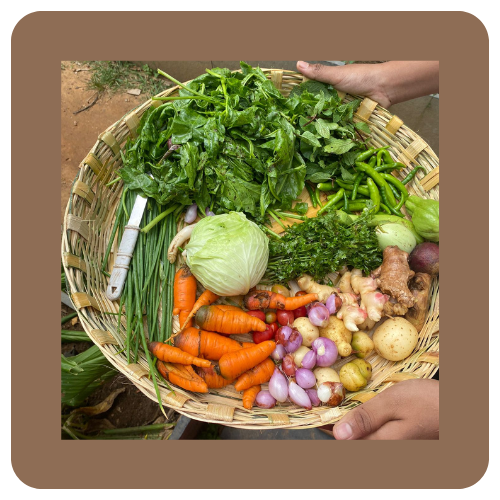

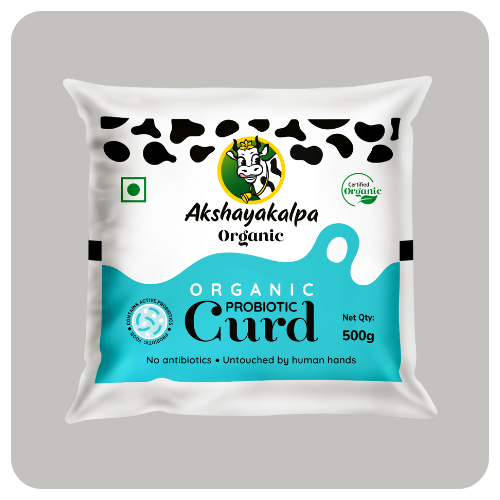
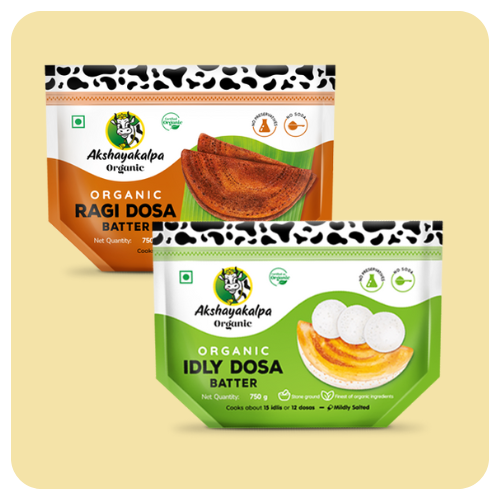

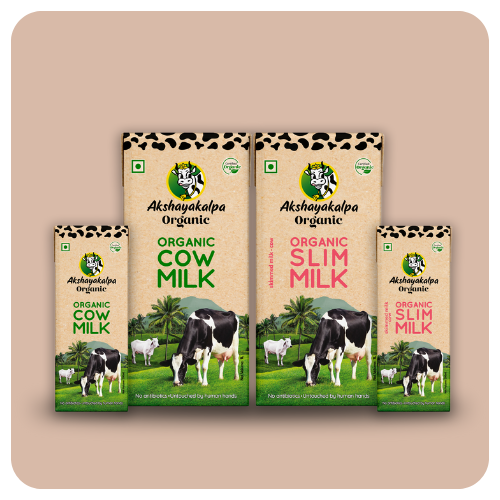

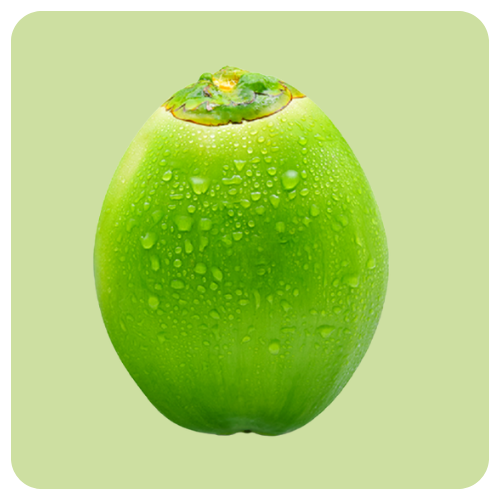
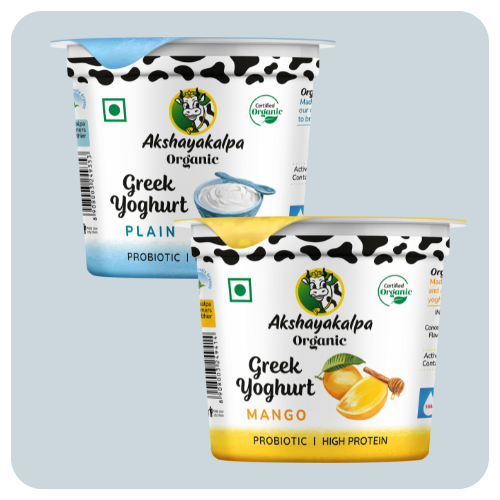
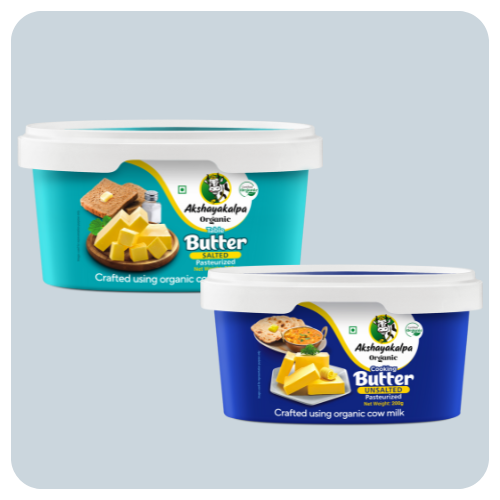





Need organic milk
Hi Ravi Kiran,
Thank you for showing interest in Akshayakalpa To place an order, please download our app. Additionally, kindly provide us with your pincode and contact number at Support@akshayakalpa.org, so we can check for the service availability in your area and confirm.
Link to download
Android: https://bit.ly/3fnSACJ
IOS: https://apple.co/2W9HwS2“K
Do you supply milk or just for awareness
Hi Vijay Kumar,
Thank you for showing interest in Akshayakalpa We also supply the milk to your doorstep. To place an order, please download our app. Additionally, kindly provide us with your pincode and contact number at Support@akshayakalpa.org, so we can check for the service availability in your area and confirm.
Link to download
Android: https://bit.ly/3fnSACJ
IOS: https://apple.co/2W9HwS2“K